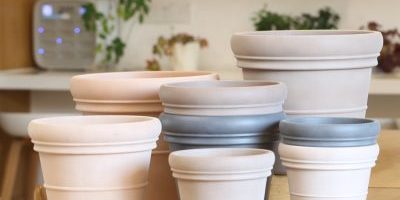The choice of plastic material used in pots can significantly impact plant health and longevity. In this blog post, we’ll explore the science behind plastic pot materials and how they affect your plants:
1. Polyethylene (PE) Pots: PE pots are lightweight and durable, making them a popular choice. They are resistant to moisture and are less likely to leach harmful chemicals into the soil.
2. Polypropylene (PP) Pots: PP pots are known for their excellent heat resistance and strength. They are often used in hot climates and for plants that require stable temperatures.
3. Polystyrene (PS) Pots: PS pots are rigid and provide good insulation to plant roots. They are less flexible than other plastics and are suitable for plants sensitive to temperature fluctuations.
4. Recycled Plastic Pots: Some plastic pots are made from recycled materials, reducing the demand for new plastic production and lowering their environmental impact.
5. UV-Resistant Pots: Plastic pots can deteriorate when exposed to UV rays. UV-resistant pots are designed to withstand prolonged sun exposure.
Understanding the properties of different plastic materials can help gardeners select the most suitable pots for their specific gardening conditions and plant requirements.






